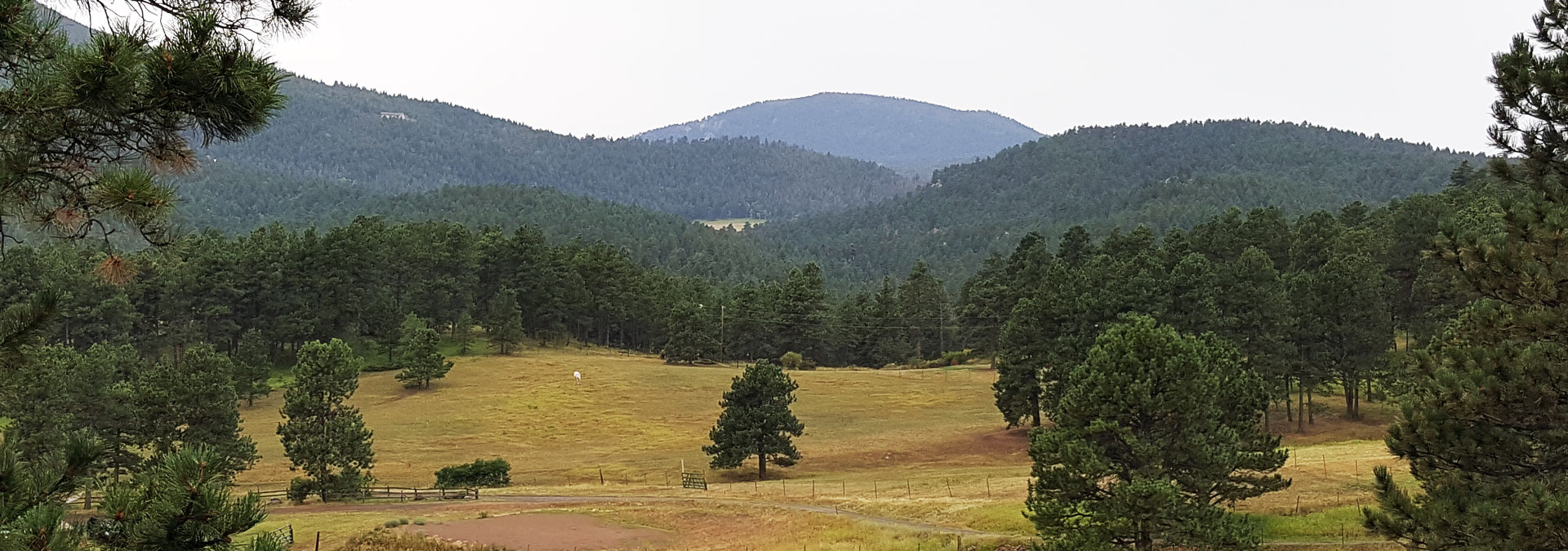Walking the dogs the other day, I gazed past the barbed wire fence at the field of frozen grass glistening in the sun, and thought, life is like a barbed wire fence, things move along smoothly for a while then a barb reaches up and snags you. Ouch! Sometimes it’s a huge gash, a serious illness, a divorce, or the death of a loved one, but often it’s a small annoyance, a frustrating situation, a rude person, or snide comment. How I respond to the barb often depends on my mood. If I’m at the end of my rope, tired and stressed I may fight back with my own rudeness or anger. If I’m refreshed, well-fed and content, I’ll probably brush it off or maybe respond with kindness. I’ve come to realize that the key to how I respond is my brain, with it’s neural-network of gullies and trenches dug out and reinforced by habit, through which all of my experiences flow. These neural pathways determine if I rip my finger off the barb sending torrents of pain throughout my body, or deftly move away.
I recently began a 90-Day program designed to help identify behavior patterns that cause destructive emotions and consciously rebuild new positive neural pathways. Neural plasticity refers to changes in neural pathways and synapses due to changes in behavior, environment, neural processes, thinking, and emotions, as well as changes caused by bodily injury. Scientists studying the brain today believe that the brain continues to develop and change and is not immutable after childhood as previously thought. It’s important to understand that the brain and mind are not technically the same. Generally speaking, the mind is the flow of information through the nervous system, all of the stuff you think, a conglomeration of thoughts, emotions, feelings, desires, etc., most of it unconscious. The brain is a complex organ at the center of the nervous system that controls the body’s vital functions through a vast network of neurons and circuitry- it controls everything from dancing to breathing to sweating. Think of it this way, you can take an MRI of your brain, but not your mind. Within the framework of Western science, the brain and mind correlate with each other, so that thoughts (the mind) effect the brain and the brain effects the thoughts. As Rick Hanson, PhD., neuropsychologist and best-selling author of Hardwire Happiness, explains in Mind Changing Brain Changing Mind, the two intertwine and inform each other, “You can use your mind to change your brain to benefit your whole being- and every other being whose life you touch.” https://media.rickhanson.net/home/files/MindChangingBrain.pdf
Yoga creates a fertile ground for awareness to take hold. When you do asana (postures) you involve your whole being. As the body moves and stretches, awareness expands to every part of the body. When you hold a pose and direct your attention to the breath the body-mind connection expands. This wide-lens focus removes fatigue and stress and leaves the body at ease. Thus, asana strengthens and relaxes the body and makes it fit for meditation. In meditation we gain insight into how the mind and thoughts work. This insight becomes a scaffolding that supports work on the deeper level required to make mental change.
The 90- Day Program requires a detailed daily journal that includes a self-rating of destructive emotions, (anxiety, depression, guilt, and anger), an analysis of two situations that caused a negative emotional reaction, daily meditation, and occasional special topics. It’s a very specific program with guided exercises for learning to see your habitual patterns, confront them, and rebuild new patterns that are supportive and peaceful. This work is not for the faint of heart. It’s difficult to see your own destructive patterns repeated endlessly like an old LP with a scratch. It is empowering, however, to make positive changes.
I’d like to take you with me on this journey, I’ve only just begun.


